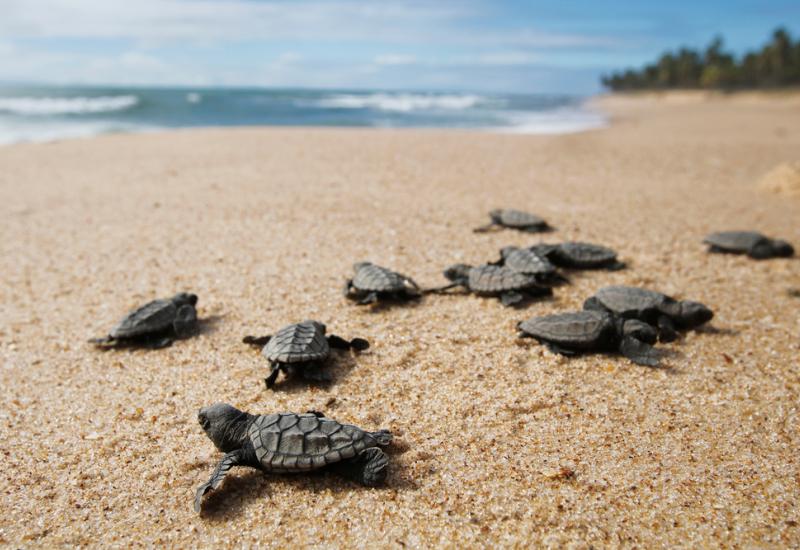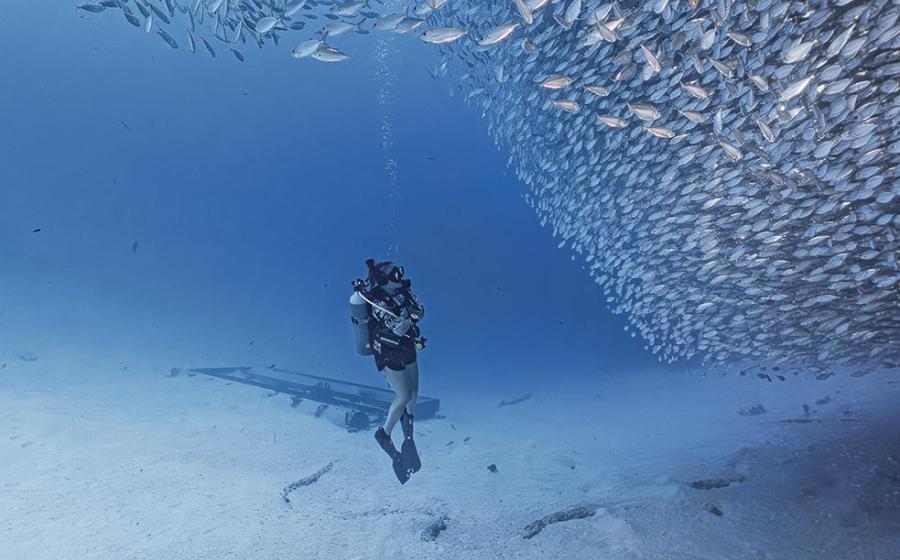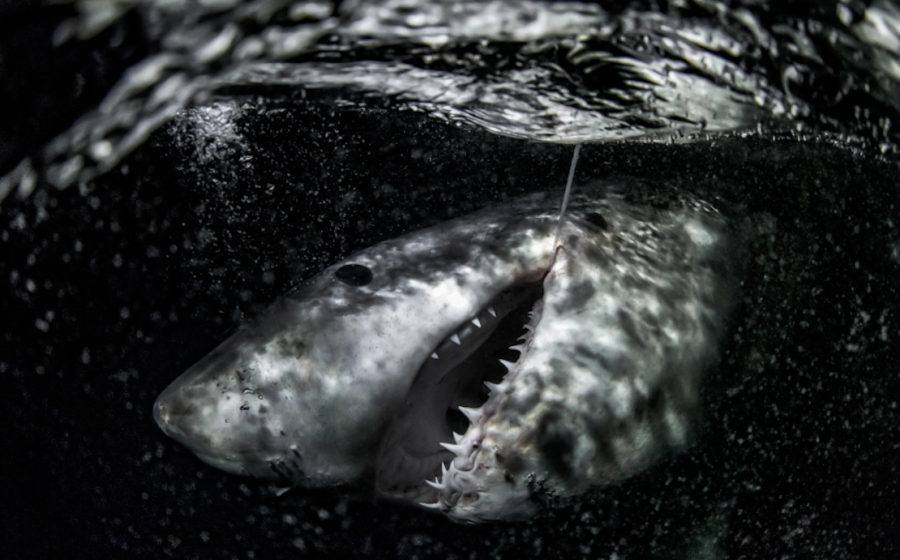What’s the Deal with a Goblin Shark’s Crazy Snout?
Q: What’s the deal with a goblin shark’s crazy snout? —Andrew D., Massachusetts

Courtesy Museums VictoriaGoblin Shark
Answer: There have been several explanations proposed by scientists, but it’s commonly believed that the goblin shark’s elongated snout serves the same purpose as the weirdly shaped head of a hammerhead shark: extra surface area for the shark’s electrosensory system, allowing the shark to more easily detect otherwise hidden prey by its bioelectric field. It’s also been suggested that the goblin shark uses its snout to dig for prey in soft sediment. That’s an unusually short answer, so please allow me to share some other neat facts about these amazing and bizarre deep-sea weirdos!
Related Reading: 6 Animal Encounters to Add to Your Bucket List
The goblin shark, first described in scientific literature in 1898, ), is slow-swimming and mostly lives in deeper waters in the Pacific Ocean. You’re extremely unlikely to encounter a goblin shark while scuba diving because they are usually found at depths between about 800 and 3,000 feet Most specimens have been documented in and around Japan, but they’ve been seen all over, including Florida. The name “goblin shark” is actually a rough translation of its Japanese common name, which comes from its resemblance to a Japanese mythological creature called a tengu.
The goblin shark’s skin is unusually rubbery for a shark, and it’s the only shark I know of that can be bubblegum pink in coloration. Though it swims slowly, it can rapidly protrude its lower jaws to catch prey in a super cool process called “slingshot feeding", and it can open its jaws over 100 degrees! One of the monsters in the Pacific Rim film and video game franchise is based off the goblin shark’s biology.
Related Reading: Why Scotland Is a Snorkeling Paradise
And before I leave you, here’s one more thing about their elongated snout: Scientists who have handled specimens report that it’s a lot softer, more flexible, and for lack a more technical term, floppier than you’d expect!
Ask a Marine Biologist is a biweekly column where Dr. David Shiffman answers your questions about the underwater world. Topics are chosen from reader-submitted queries as well as data from common internet searches. If you have a question you’d like answered in a future Ask a Marine Biologist column, or if you have a question about the answer given in this column, email Shiffman at [email protected] with subject line “Ask a marine biologist.”

Courtesy David ShiffmanDavid Shiffman
Dr. David Shiffman is a marine conservation biologist specializing in the ecology and conservation of sharks. An award-winning public science educator, David has spoken to thousands of people around the world about marine biology and conservation and has bylines with the Washington Post, Scientific American, New Scientist, Gizmodo and more. Follow him on Twitter, Facebook and Instagram, where he’s always happy to answer any questions about sharks.









